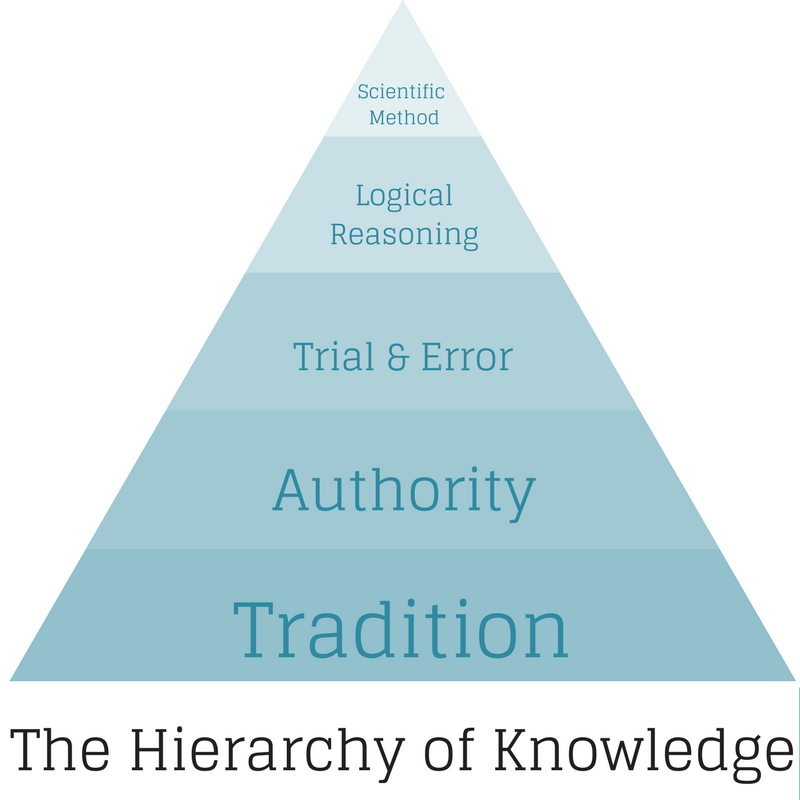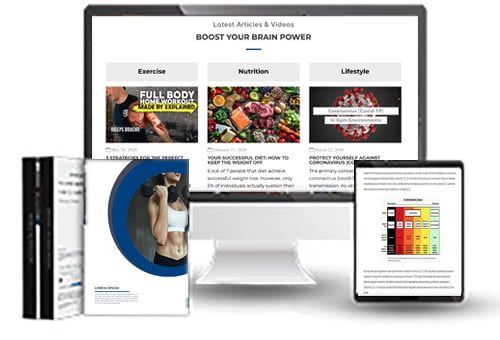
YOUR FITNESS BLOG
Personal Training: An Evidence-Based Approach
Personal training has become an increasingly dangerous profession as the health and fitness industry and the number of personal trainers within it, rapidly rises. The poor standard of trainer certification programs and lack of regulatory bodies have contributed greatly to a low standard of personal training. However, underpinning this substandard level of service is the poor sourcing of knowledge and subsequent decision making of trainers.
The tendency is for personal trainers to make decisions and prescribe based on experience and/or poor sourcing of knowledge. The issue then becomes that trainers overestimate the efficacy of his or her service and underestimate the dangers of providing inaccurate information or instruction [2]. Current standard among all personal trainers should be to adopt an evidence-based approach to ensure accuracy of instruction and client safety.
What Is An Evidence-Based Approach?
Evidence-based personal training is the integration of research into the decision making and prescription process for helping a client achieve his or her desired objectives [1]. Evidence-based practice integrates research together with the expertise of the personal trainer. Expertise refers to the culmination of experience, education and skill set [1]. Evidence-based training is also client centred and the responsibility falls upon the trainer to interpret current research according to the unique needs of each client [1].

Sources of Knowledge
Source of knowledge refers to the origin of information obtained and subsequently presented to a client. In an effort to understand the varying levels of knowledge sources, Portney & Watkins (2000) outline a hierarchy of knowledge describing five primary sources [4].

1. Tradition
Tradition is considered the lowest form of evidence and refers to the passing down of information and the acceptance of this information as factual [2, 4].
Problem: Generally, tradition is based largely on heresy and perception and not evaluated for validity or tested against potentially superior solutions [2, 5].
2. Authority
Authority refers to trusting information from those considered authorities or experts on a given subject [2}.
Problem: There is potential for bias among different authorities and this method fails to critically analyse information and encourage testing against potentially better alternatives [2, 4].
3. Trial and Error
Trial and error refers to the application of multiple attempts to find a solution by chance [2, 4].
Problem: This method is specific to the individual and may not necessarily be consistent across different testers. Trial and error also uses poor systematic processes that are limited in scope [2, 4].
4. Logical Reasoning
Logical reasoning is the application of deductive reasoning or logic to draw conclusions or hypothesis [2, 4].
Problem: This method still requires testing of drawn hypothesis [2].
5. The Scientific Method
Scientific method is the most rigorous process for obtaining knowledge [2, 4]. It is the application of systematic, objective and logical approach to determining the validity of a given subject [2, 4]. This method involves collecting and organising data, testing or analysing data and interpreting findings [2]. Within the scientific method there is a hierarchy, which reflects the methodological strength of studies. For example, evidence base provided by systematic reviews of randomised controlled trials provides the highest quality of evidence [1].
Problem: Limitations within the process may introduce uncertainty into interpretation of findings [2, 5].
The Science & Art of Personal Training
It is important to recognise that personal training is both a science and an art. The science refers to maintaining knowledge of current research and its application, while the art refers to the craft and creativity behind program design [3]. Both are highly important to successful personal training and neither should be dissociated from each other. Without consideration for research evidence, trainers lack scientific understanding of the profession [3]. Equally, an understanding of how to implement scientific knowledge is crucial to being an effective trainer [3].
Summary
An evidence-based approach to personal training focuses on the scientific method as the primary source of knowledge in decision making and prescription. It synthesises the available research in agreement with personal expertise and importantly the individual needs of the client. With an increasing demand for quality personal training and accountability by clients, evidence-based personal training is should be a necessity.
For more information on our services please click here to read more.
References
[1] Agyemang, L. S. 2013. Evidence Based Practice – What Is Evidence? International Journal of Science and Research. September. Vol. 4. No. 9.
[2] Bryant, P. & Marrone, C. M. 2009. A Practical Approach to Evidence-Based Medicine for the Medical Communications Professional. Drug Information Journal. Vol. 43, pp. 663–672.
[3] Koufogiannakis, D. 2011. Evidence Based Practice: Science? Or Art? Evidence Based Library and Information Practice. Vol. 6. No. 1.
[4] Portney, L. G. & Watkins, M. P. 2008. Foundations of Clinical Research: Applications to Practice, 3rd Ed. Upper Saddle River, NJ: Pearson & Prentice Hall.
[5] Sackett D. L. et al. 1996. Evidence- based medicine: what it is and what it isn’t. British Medical Journal. 312 pp. 71–72.

Did you find this content valuable?
Add yourself to our community to be notified of future content.

